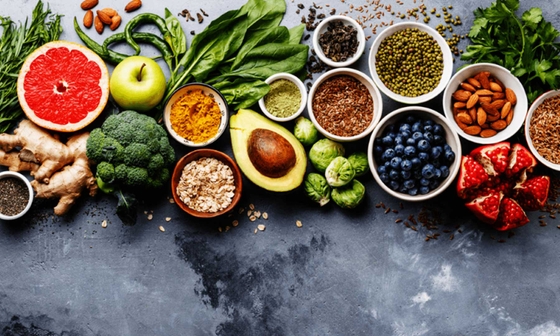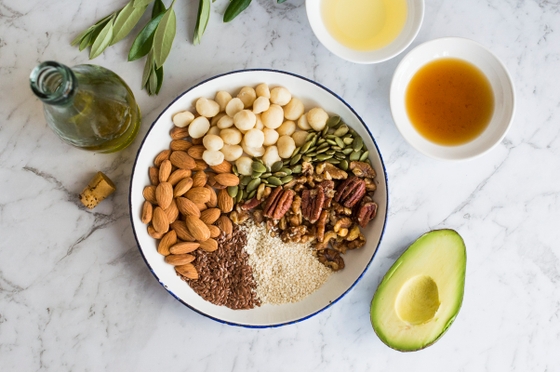
Healthy food and drinks
Your guide to healthy foods and drinks
Healthy eating isn’t about “good” and “bad” foods or following restrictive diets. It’s about making small changes that you can continue long term. Our heart-healthy eating pattern considers a combination of foods, chosen regularly, over time.
We encourage you to enjoy a wide variety of foods, that are rich in wholegrains, fibre, vitamins, minerals and healthy fats, and naturally low in unhealthy fats, salt and added sugar. This section explores how you can enjoy heart-healthy foods and drinks every day.


